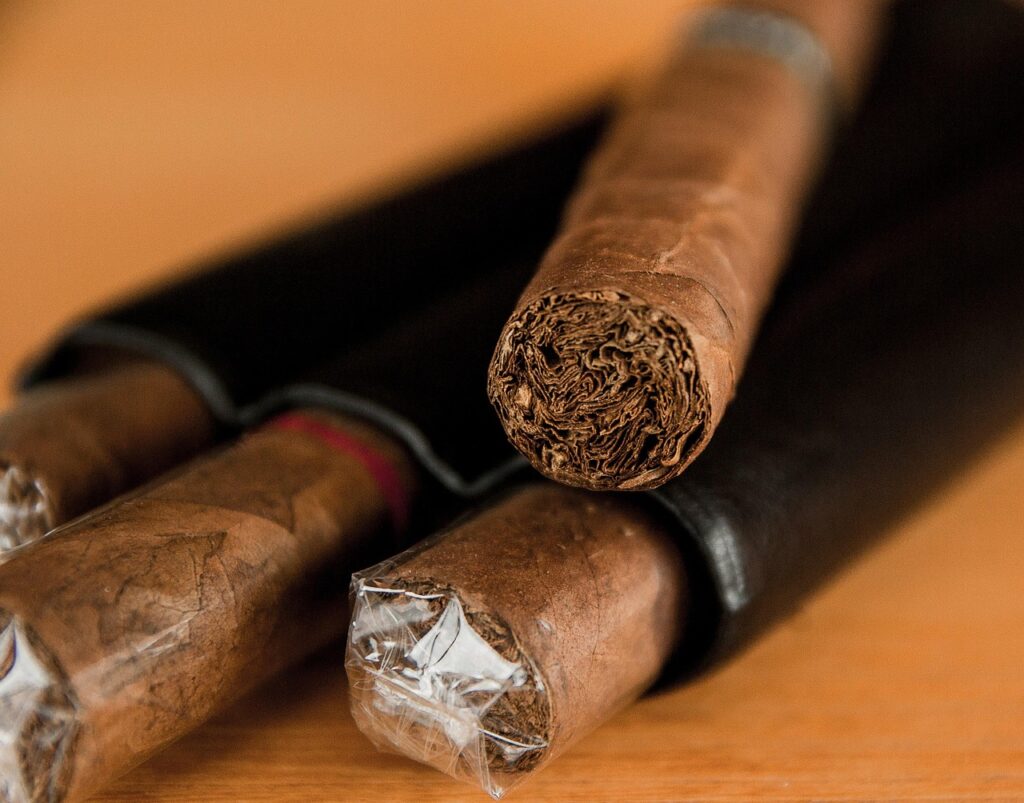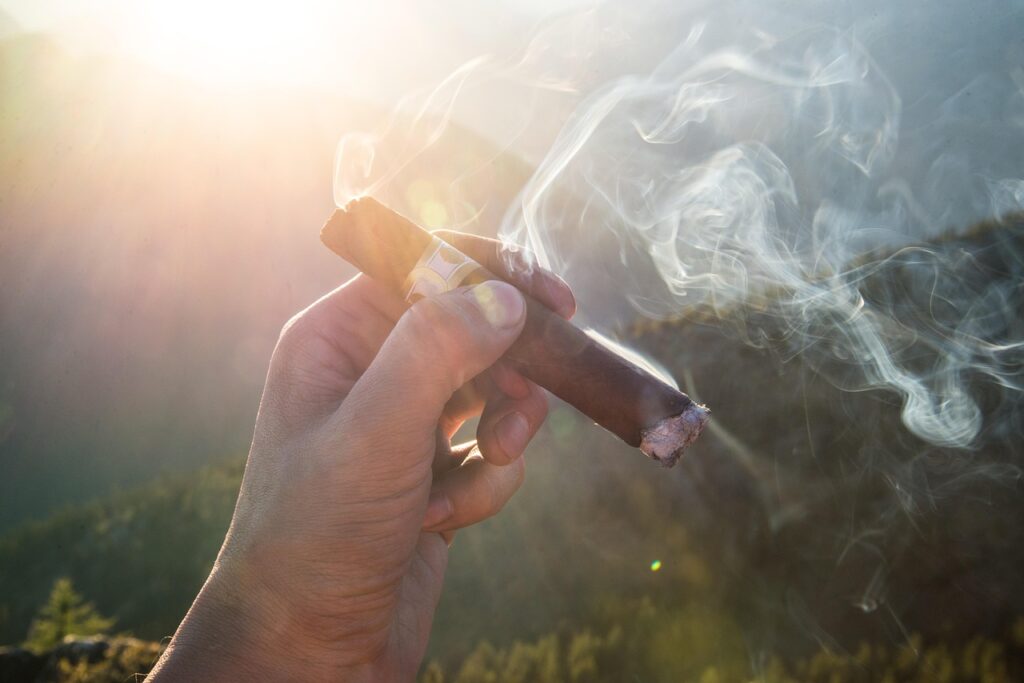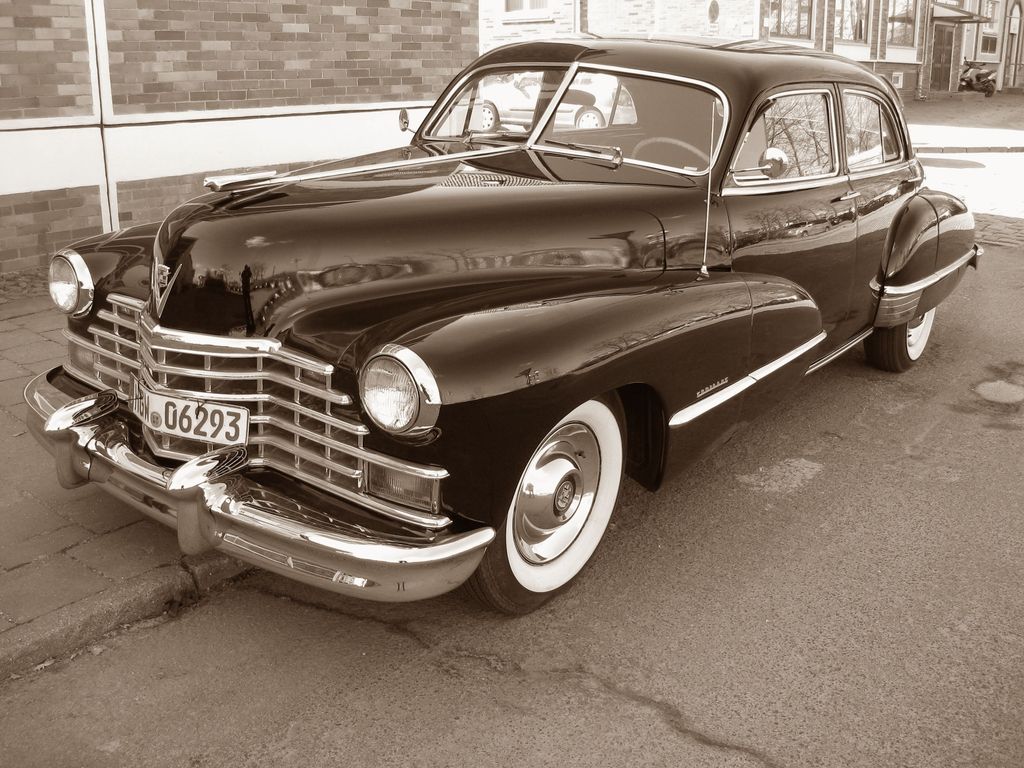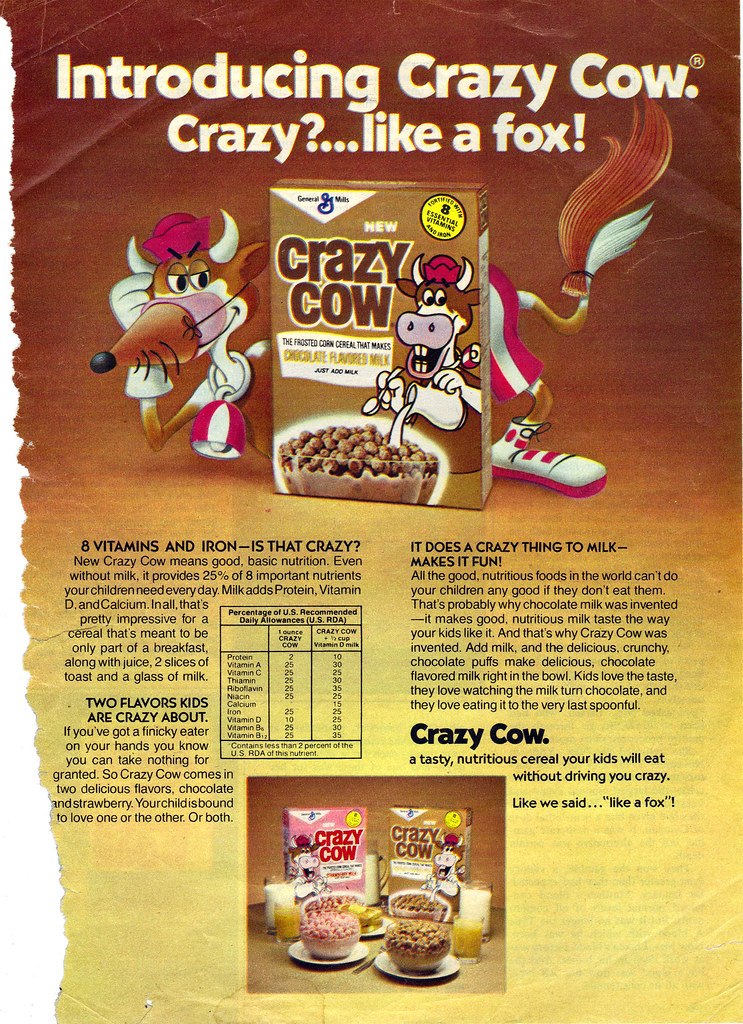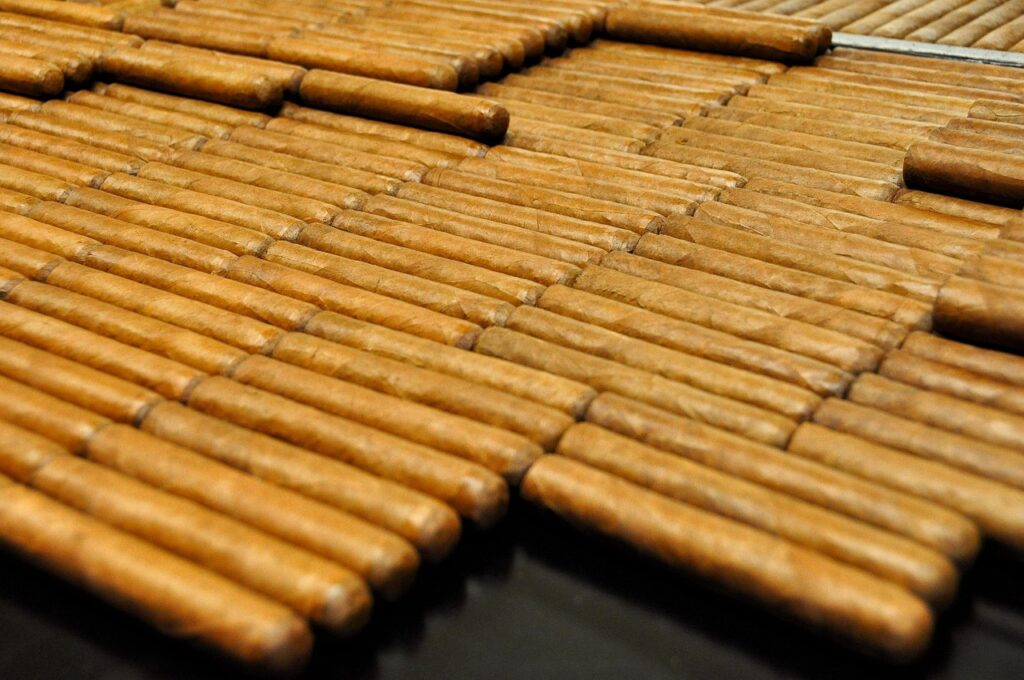
The world of cigars, rich with tradition and nuanced flavors, is far from static. Like any industry, it’s constantly evolving, shaped by changing consumer preferences, economic pressures, regulatory shifts, and strategic business decisions by the giants that dominate the market. For aficionados and casual smokers alike, there’s often a wistful moment when a beloved blend or a familiar brand suddenly becomes elusive, eventually disappearing from the shelves of their local tobacco shop. It’s a phenomenon that leaves many wondering: Seriously, what happened?
This isn’t just about a temporary shortage or a seasonal offering. We’re talking about established names, or at least significant lines within them, that have, for various reasons, faded from the scene. The cigar market in the U.S. has experienced considerable volatility recently, from booming growth post-2019 to contractions in 2023 and early 2025. Factors like new tariffs, increasing prices, legal battles over trademarks and flavor bans, and a general decline in certain segments—like little cigars and even some premium lines—are all playing a part in this ongoing transformation.
Today, we’re lighting up a journey to explore 8 cigar brands, or at least substantial parts of their identities, that have recently vanished or dramatically altered their presence in local tobacco shops across the United States. We’ll delve into the stories behind their disappearance, drawing from the latest industry insights to uncover the strategic moves and market forces that led to their quiet farewells. Prepare to reminisce, understand, and perhaps, discover a new appreciation for the dynamic nature of this cherished pastime.
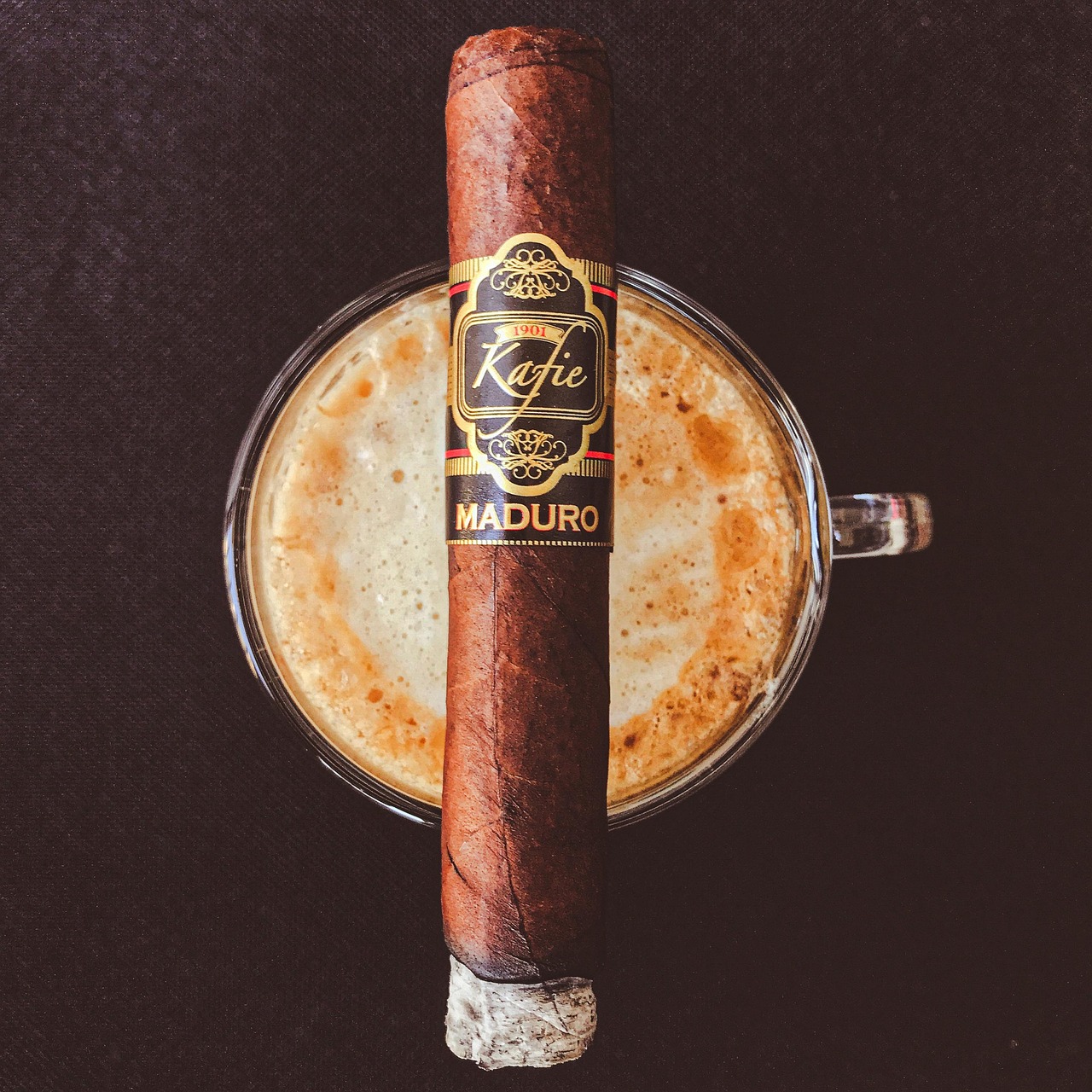
1. **Bolivar (Select Lines)**The name Bolivar has long resonated with a certain gravitas in the cigar world, particularly for those familiar with its Cuban heritage. However, the non-Cuban iterations, crafted for the U.S. market, have also built a dedicated following with their robust and distinctive profiles. It was therefore a significant development when Scandinavian Tobacco Group (STG), a powerhouse in the global cigar industry and owner of the U.S. Bolivar brand, announced that certain lines under the beloved Bolivar name would be coming off the shelves for good.
The news, which began circulating around October 2024 with STG’s portfolio rationalization process and was solidified in later announcements, certainly sent ripples through the cigar community. Many enthusiasts who had grown to appreciate the rich, full-bodied flavors offered by specific Bolivar releases found themselves in a bittersweet farewell. The decision was part of STG’s broader strategy to streamline operations and concentrate on core lines that they believed resonated most powerfully with contemporary consumer preferences and market trends.
This move wasn’t a complete erasure of the Bolivar name from the U.S. market, which offers a small silver lining for loyalists. As confirmed by STG, the Bolivar Cofradia and Bolivar Gran Republica lines will fortunately remain available. This strategic retention allows smokers to continue savoring some of their favorite expressions, but it undeniably marks the end of an era for other, perhaps lesser-known but equally cherished, Bolivar blends that formed part of the brand’s diverse portfolio. The rationalization is a testament to the dynamic nature of the cigar industry, where even established names must adapt.
For retailers, this means adjusting their inventories and shelf space, while for consumers, it necessitates a hunt for remaining stock of discontinued lines before they vanish completely. The shift underscores a broader trend of consolidation and optimization within major cigar companies, aiming for efficiency and stronger market positioning amidst a challenging economic climate. While the core Bolivar experience is preserved through its continuing lines, the disappearance of other specific Bolivar products represents a significant narrowing of choice and a tangible ‘vanishing’ from the full spectrum of offerings previously available.
The emotional impact on loyal customers, though perhaps not immediately quantifiable in sales figures, cannot be understated. A cigar is often more than just tobacco; it’s an experience, a memory, a part of a ritual. The vanishing of certain Bolivar lines means the vanishing of those specific experiences, prompting aficionados to stock up while they can and to embrace the evolving landscape of their preferred pastime.
2. **El Rico Habano**Another casualty in Scandinavian Tobacco Group’s extensive portfolio rationalization efforts is the venerable El Rico Habano brand. Explicitly named among “the brands set to disappear,” El Rico Habano’s departure marks a more complete vanishing act compared to some others on our list. For decades, El Rico Habano has been synonymous with a particular style of robust, flavorful, and often potent cigars, appealing to smokers who appreciate a bolder profile and a connection to a rich tradition.
The decision to pull El Rico Habano from shelves is a direct outcome of STG’s strategic reevaluation of its product offerings. Initiated as early as October 2024 with subsequent formal notifications to retailers, this streamlining process aimed to focus on core lines and optimize operations. While such business decisions are often driven by market trends, sales performance, and the desire to allocate resources more effectively, the complete discontinuation of a brand like El Rico Habano inevitably leaves a void in the market and a sense of loss among its dedicated following.
Unlike Bolivar, where specific lines are preserved, the context suggests a more comprehensive removal of El Rico Habano. This signals a complete end to the brand’s presence in local tobacco shops, making it a true “vanished brand” in every sense of the word. Its disappearance reflects the harsh realities of a competitive market where even long-standing names can be deemed no longer fitting within a conglomerate’s streamlined vision. This can be particularly disheartening for those who valued its unique blend and historical significance.
The implications for retailers are straightforward: once existing stock is depleted, El Rico Habano will no longer be available for order or sale. This necessitates a clear-out phase, and it means consumers who wish to enjoy these cigars one last time must act quickly. The disappearance of El Rico Habano serves as a stark reminder of the impermanence of even seemingly entrenched brands within the commercial landscape of the cigar industry.
El Rico Habano’s absence will reshape the offerings in many cigar shops, pushing consumers to explore alternatives and potentially discover new favorites. However, for those who savored its distinct character, its vanishing represents the definitive closure of a chapter, a quiet departure from the humidor shelves where it once proudly resided.
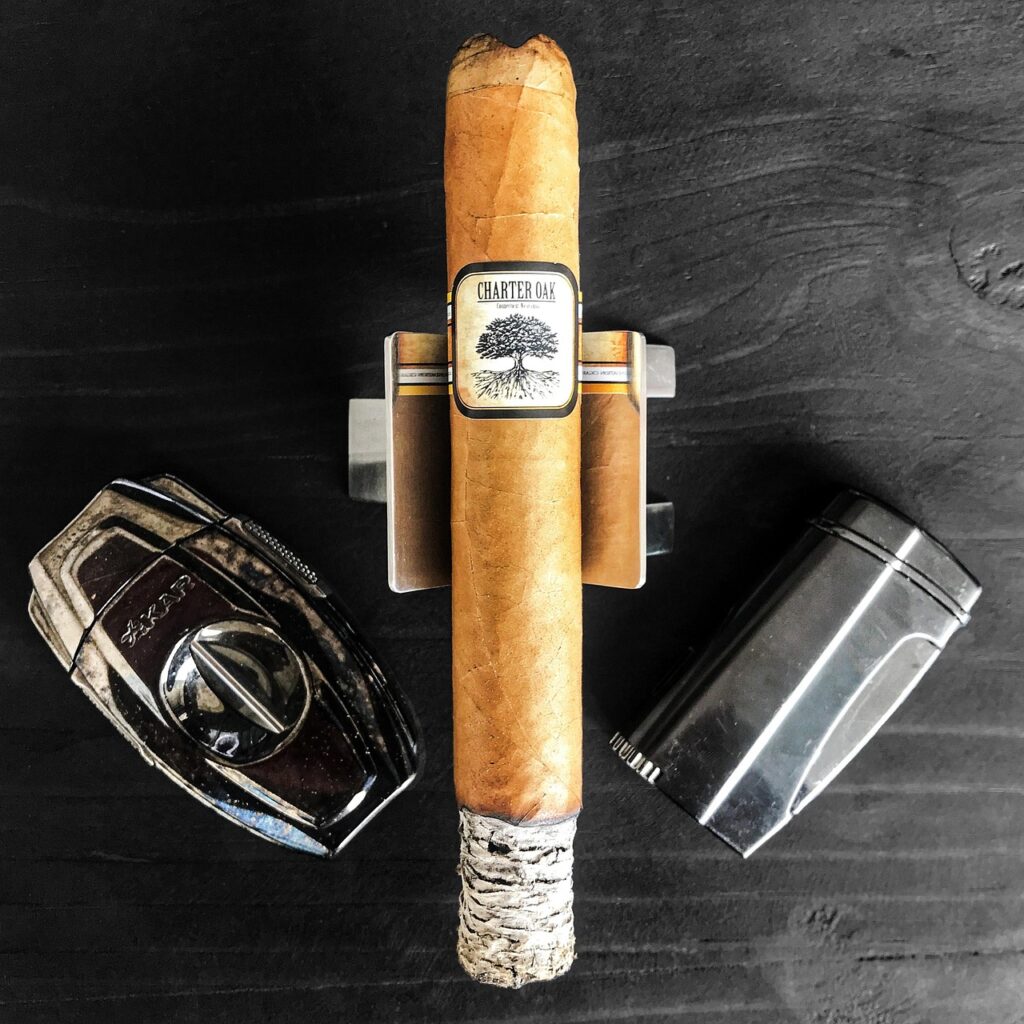
3. **Helix**Joining El Rico Habano in the category of brands “set to disappear” entirely from local tobacco shops is Helix. This announcement from Scandinavian Tobacco Group (STG) signals a full cessation of the Helix brand, marking another significant shift in the U.S. cigar market landscape. Helix, while perhaps not carrying the same historical weight as some other names, carved out its own niche by offering accessible, often milder, and consistently enjoyable cigars that appealed to a broad segment of smokers, including those new to the hobby.
STG’s move to discontinue Helix is part of the same strategic portfolio rationalization that has seen other brands or lines phased out since late 2024. The company’s goal is to refine its product portfolio, concentrating efforts and resources on brands that demonstrate the strongest market performance and align with its long-term strategic objectives. While such a decision is inherently a business calculation, it inevitably impacts both retailers and the consumer base that had come to rely on Helix for their smoking pleasure.
The explicit mention of Helix as a brand “set to disappear” leaves little room for ambiguity; this is not a partial discontinuation but a complete withdrawal from the market. For local tobacco shops, this means yet another familiar presence will soon be absent from their displays. This necessitates a period of inventory adjustment and for consumers, a final opportunity to purchase any remaining stock before the brand becomes a memory.
The vanishing of Helix illustrates how even brands serving a specific, perhaps entry-level or casual, market segment are not immune to the winds of change driven by corporate strategy. Its disappearance highlights the ongoing recalibration of product offerings by major players like STG, who must constantly assess their vast portfolios against evolving market demands, production efficiencies, and overall brand architecture.
For those who appreciated Helix’s approachability and consistent quality, its absence will be felt. It prompts a search for new go-to cigars in its category and underscores the ever-changing tapestry of the cigar world. The brands that “vanish” often do so without much fanfare, but their absence is a tangible reminder of the competitive and dynamic forces at play behind the scenes of every local humidor.
Read more about: Need a Reminder: The ’50s? These 12 Unforgettable Icons Were the Absolute Legends of Talent and the Decade’s Defining Moments!
4. **Alec Bradley (Specific Discontinued Products/Lines)**While the Alec Bradley brand itself is thankfully not vanishing entirely, it has experienced a profound portfolio rationalization that means a significant portion of its offerings has indeed disappeared from local tobacco shops. Acquired by Scandinavian Tobacco Group (STG) in early 2023, Alec Bradley was one of the brands most heavily affected by STG’s strategic decision to discontinue numerous products across its General and Forged portfolios. In fact, the context states that “most of which are from the Alec Bradley brand acquired in early 2023.” This indicates a substantial pruning.
The scale of this rationalization is quite remarkable. Industry reports from March 2025 indicated that STG discontinued more than 50 products across several brands, with Alec Bradley bearing the brunt of these cuts. Separately, in August 2025, it was noted that STG discontinued 34 products across the General and Forged portfolio, again emphasizing that most of these were from Alec Bradley. This isn’t just a tweak; it’s a major overhaul that has fundamentally altered the breadth and depth of Alec Bradley’s presence on retail shelves.
For enthusiasts of Alec Bradley, a brand celebrated for its innovative blends and often distinct presentation, this means many beloved and familiar lines are simply no longer available. While core, successful lines likely remain, the sheer volume of discontinued items suggests that the brand, as consumers knew it, has undergone a significant transformation. This kind of “vanishing” is more nuanced than a full brand disappearance, but its impact on consumer choice and brand perception can be just as significant. It’s akin to a a well-known restaurant drastically cutting its menu, leaving many favorite dishes off the list forever.
The rationale behind such extensive cuts, especially for a recently acquired brand like Alec Bradley, often centers on optimizing production, reducing inventory complexity, and focusing marketing efforts on the highest-performing and most profitable lines. STG’s goal, as with other rationalizations, is to streamline operations and ensure that their resources are concentrated on offerings that align with current market demands and their overarching business strategy. This might involve shedding less popular blends, redundant sizes, or lines that don’t fit into the new corporate synergy.
The impact on local tobacco shops is considerable, as they must manage the transition away from dozens of Alec Bradley SKUs (Stock Keeping Units). For consumers, it’s a period of discovery—finding which favorites are gone and exploring which new or continuing lines will fill that void. While the Alec Bradley name persists, the “vanishing” of such a large number of its products signifies a powerful shift, making the brand a very different entity from what it was just a short time ago. It underscores how corporate acquisitions and subsequent portfolio adjustments can dramatically reshape the availability of cigars that were once staples.
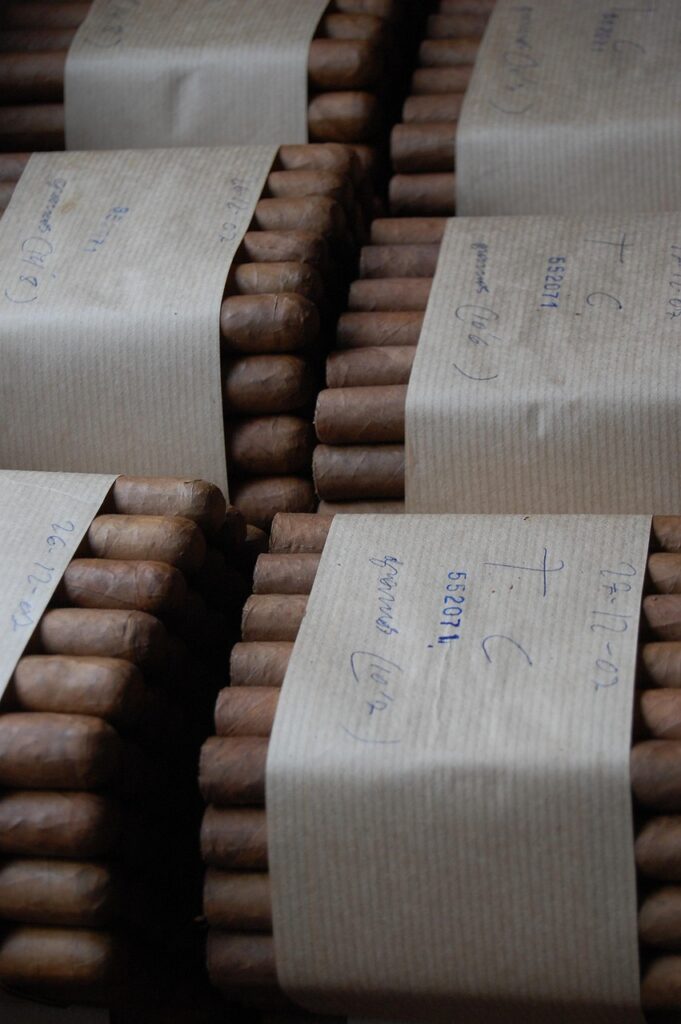
5. **CAO (Select Lines)**Moving deeper into the currents of change that have swept through our local tobacco shops, we encounter CAO, a brand long celebrated for its innovative blends and distinctive packaging. Like many others under the expansive umbrella of Scandinavian Tobacco Group (STG), CAO wasn’t immune to the significant portfolio rationalization efforts that began reshaping the market as early as October 2024. While the brand itself remains a vibrant presence, a closer look reveals that certain beloved CAO lines have, indeed, quietly slipped away.
STG’s strategic decision, announced in March 2025, involved discontinuing a substantial number of products—over 50, to be exact—across several of its key brands, including Alec Bradley, Cohiba (non-Cuban), Hoyo de Monterrey (non-Cuban), La Gloria Cubana, and notably, CAO. This wasn’t a random culling but a calculated move to streamline offerings, optimize production efficiencies, and ensure that resources were focused on the highest-performing and most strategically aligned products within the General Cigar Co. portfolio, where CAO resides.
For aficionados, this meant a genuine search for dwindling stock of their preferred CAO releases that fell victim to the cuts. It’s a subtle but significant form of ‘vanishing’ where the brand name persists, but the specific experiences tied to certain blends or vitolas become historical footnotes. Imagine a favorite tune suddenly removed from your streaming playlist – the artist is still there, but that particular track is gone for good. That’s the bittersweet reality for many CAO enthusiasts.
The rationale behind such actions often lies in the desire for a leaner, more focused product catalog that can respond agilely to market demands and economic pressures. By shedding less profitable or redundant lines, companies aim to strengthen their core offerings and brand identity. However, the emotional connection consumers have with specific cigars means these ‘strategic adjustments’ can feel like profound losses, forcing smokers to explore new avenues within the brand or venture out to discover entirely different profiles.
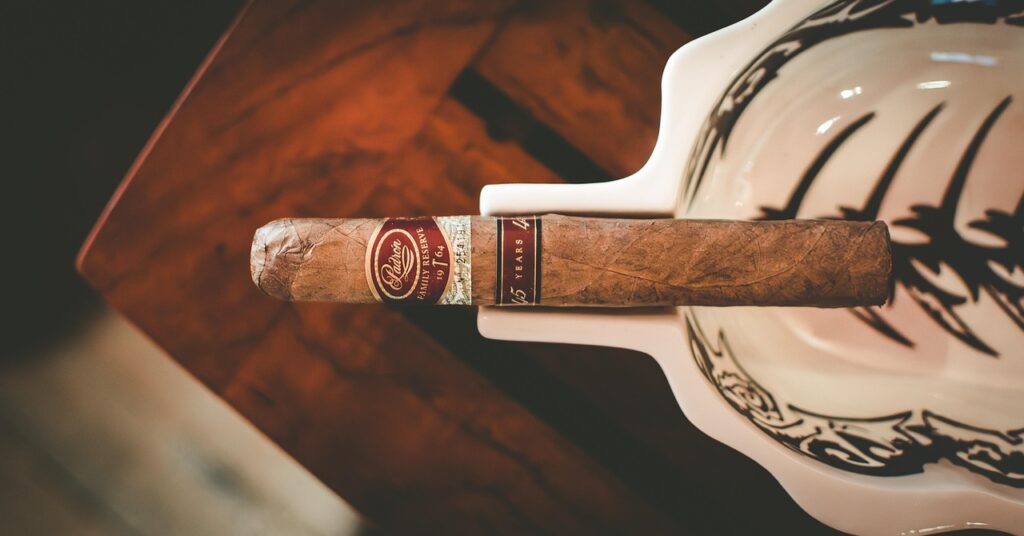
6. **Cohiba (non-Cuban) (Specific Lines & Legal Peril)**Ah, Cohiba. The name alone conjures images of luxury, exclusivity, and Cuban tradition. Yet, in the U.S., the Cohiba story is a fascinating, complex, and increasingly precarious tale. We’re talking about the non-Cuban Cohiba, a brand sold by General Cigar Co., a subsidiary of STG. While it too faced portfolio adjustments in March 2025, being among the “more than 50 products” discontinued, its vanishing act is overshadowed by an epic, decades-long legal battle that could redefine its very existence in the American market.
For nearly thirty years, General Cigar Co. has been locked in a fierce dispute with Cubatabaco, the Cuban state company that owns the original COHIBA trademark outside the U.S., over the right to use the name in the United States. This isn’t just a squabble over market share; it’s a high-stakes legal chess match involving complex international trademark law and a 1929 pact known as the Inter-American Convention (IAC). The latest developments paint a challenging picture for General Cigar’s non-Cuban Cohiba.
In May 2025, a crucial court ruling allowed the U.S. Patent and Trademark Office (USPTO) to move forward with canceling General Cigar’s two COHIBA trademarks. The basis for this decision was compelling: General Cigar was deemed highly likely to have had prior knowledge of the COHIBA brand when it filed for its trademark in the U.S. in March 1978. Furthermore, the court recognized the trademark protection rights extended to Cubatabaco by the IAC, effectively affirming the Cuban claim.
General Cigar, predictably, is not going down without a fight. In October 2025, it filed arguments, appealing the decision and requesting a *de novo* review from the U.S. Court of Appeals for the Fourth Circuit, essentially asking for a new trial. They argue a “complicated web of procedural moves” should lead to the decision being thrown out. Until this lengthy appeal process is exhausted, General Cigar’s non-Cuban Cohiba cigars can still be found on shelves. However, the legal Sword of Damocles hangs heavy, representing a potential vanishing act far more absolute than a simple product discontinuation.
This ongoing legal saga illustrates perfectly how external forces – in this case, international intellectual property disputes – can profoundly impact the availability and even the legitimacy of established cigar brands. It highlights the intricate legal and economic pressures that constantly reshape the cigar landscape. For consumers, it’s a stark reminder that even seemingly stable brands can face existential threats, making the non-Cuban Cohiba’s future in U.S. tobacco shops a question mark hanging in the smoky air. It’s a truly fascinating case of vanishing by legal decree, even if the final curtain hasn’t quite fallen yet.

7. **Hoyo de Monterrey (non-Cuban) (Specific Lines)**Another distinguished name feeling the pinch of portfolio optimization is Hoyo de Monterrey, specifically its non-Cuban iterations available in the U.S. market. A brand with a legacy that speaks of elegance and often milder, nuanced profiles, Hoyo de Monterrey, like CAO and Cohiba (non-Cuban), falls under the General Cigar Co. arm of Scandinavian Tobacco Group (STG). And like its stablemates, it was part of the significant pruning exercise detailed in March 2025, which saw over 50 products across various brands discontinued.
While the press releases and industry reports didn’t single out specific Hoyo de Monterrey lines for discontinuation in the same detailed manner as, say, Alec Bradley, its inclusion in the broader list of affected brands means certain beloved vitolas or less-performing series within the Hoyo de Monterrey portfolio are no longer being produced. This quiet attrition, though less dramatic than a full brand disappearance, still represents a significant ‘vanishing’ for consumers who had a particular affinity for those specific cigars.
The decision to trim lines from brands like Hoyo de Monterrey is a strategic business imperative driven by the need to maintain efficiency and profitability in a challenging market. With increasing prices, new tariffs—such as the 10% tariffs imposed on imports from the Dominican Republic and Honduras, and 18% on Nicaragua in April 2025—and a general decline in some cigar segments, major players like STG must be acutely responsive. Concentrating resources on proven winners allows them to weather these economic storms more effectively.
For local tobacco shops, managing these portfolio shifts means constant adjustments to inventory and shelf space. They must anticipate which lines are being phased out and communicate these changes to their clientele, often leading to a scramble for remaining stock. For the consumer, it means an evolving landscape where familiar choices disappear, nudging them towards new discoveries or the existing, more consolidated offerings of the brand. The charm of Hoyo de Monterrey certainly endures, but the specific, quieter corners of its portfolio have indeed receded into history.
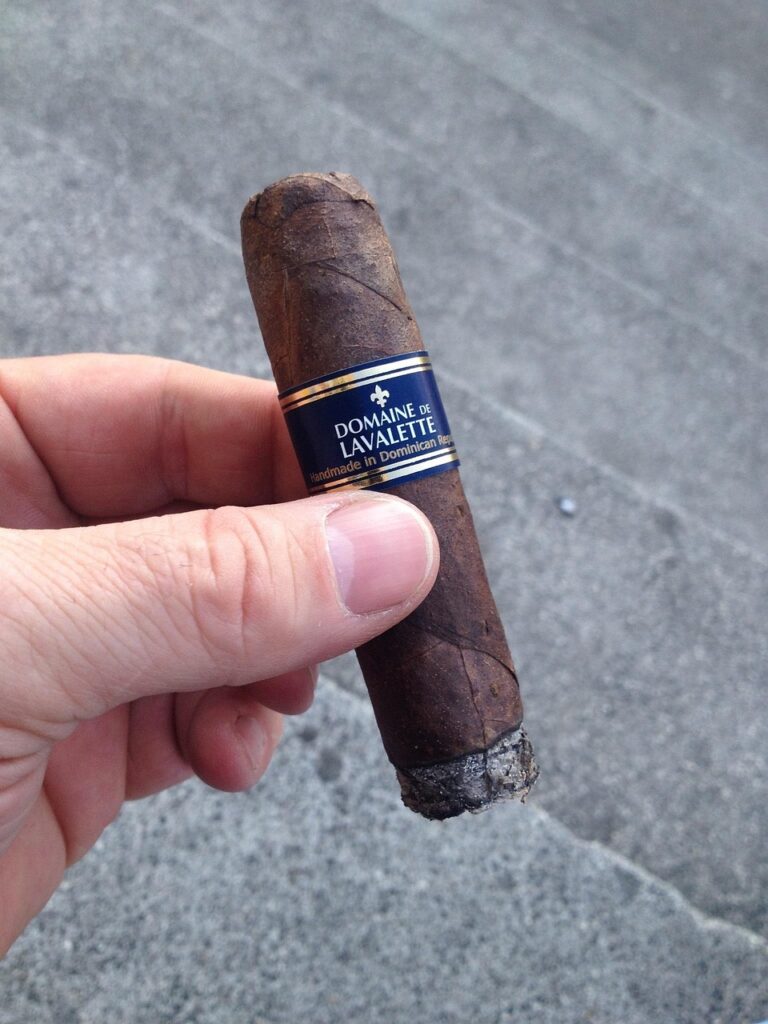
8. **La Gloria Cubana (Specific Lines)**Our final stop on this tour of vanishing cigar brands brings us to La Gloria Cubana, a name synonymous with bold, often full-flavored cigars that have captivated palates for decades. Operating under STG’s Forged Cigar Co. portfolio, La Gloria Cubana also found itself on the list of brands impacted by the significant portfolio rationalization initiated by STG. March 2025 reports confirmed that La Gloria Cubana was among the brands from which more than 50 products were discontinued across the company’s extensive offerings.
This strategic streamlining means that while the core essence and popular lines of La Gloria Cubana thankfully endure, many specific blends, sizes, or perhaps limited-edition releases that once graced humidor shelves are no longer available. For dedicated fans of the brand, this targeted disappearance of certain products fundamentally alters the selection they’ve come to expect. It’s a testament to the fact that even well-regarded, established brands must continually adapt to market pressures and corporate strategies.
The rationale is consistent across STG’s portfolio adjustments: a desire to optimize operations, reduce complexity in manufacturing and distribution, and focus marketing efforts on the most successful and profitable lines. In an industry facing headwinds such as softening sales in certain channels—like the 8.7% fall in handmade cigar imports in the first two months of 2025, or the modest overall decline in U.S. convenience store sales—such efficiency drives are crucial for long-term viability. The strategic removal of less popular or overlapping products becomes a necessity, not just an option.
La Gloria Cubana’s presence, particularly through its continuing lines, remains a significant one. However, the absence of its discontinued offerings creates a tangible gap for those who once savored them. It’s a reflection of the continuous balancing act cigar companies perform: honoring heritage while navigating the commercial realities of today. For consumers, it’s a gentle push to explore the vibrant offerings that remain, or to embark on a quest for something entirely new to fill the void left by these subtle, yet impactful, vanishing acts. The rich tapestry of La Gloria Cubana continues to be woven, albeit with a few threads now gracefully retired.
And so, our journey through the enigmatic world of vanishing cigar brands comes to a close, at least for now. From the bold strokes of complete brand discontinuations to the nuanced shifts of portfolio rationalizations and the high-stakes drama of legal battles, it’s clear that the cigar industry is anything but static. These disappearances are more than just empty spots on a humidor shelf; they are indicators of a dynamic market grappling with economic pressures, evolving regulations like flavor bans in places such as California, and the ever-present tug-of-war between tradition and innovation.
As tariffs continue to reshape pricing, potentially adding 50 cents to $2.10 more per handmade cigar by mid-2025, and as legal challenges like the Cohiba trademark dispute play out, the landscape will undoubtedly continue to transform. But even as beloved blends fade into memory, the spirit of discovery in the cigar world endures. Retailers adapt, new brands emerge, and aficionados remain ever-curious, always seeking that next perfect puff. So, keep an eye on those shelves, cherish your favorites, and remember that in the world of cigars, change is the only constant. The adventure, and the smoke, continues.

